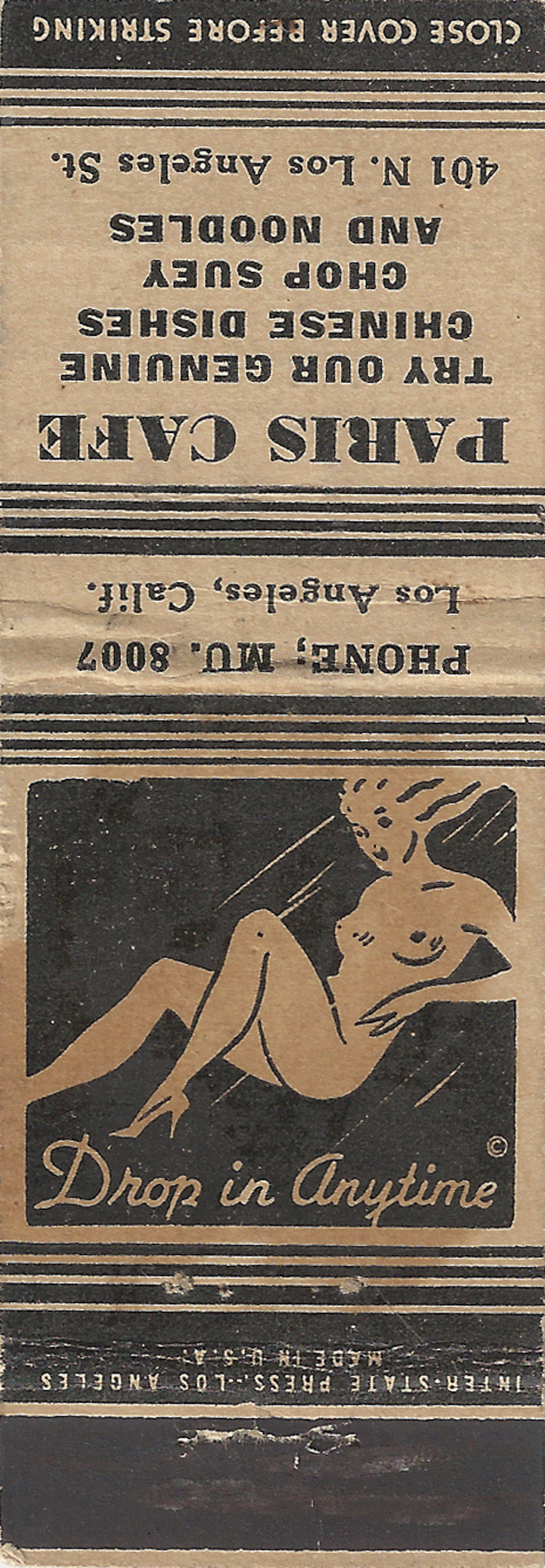Over at GigaOM, Stacey Higginbotham tells the tale of the Dawson family’s failed Kickstarter project.
First off, as she accurately notes, over half of the projects on Kickstarter fail. Shouldn’t be surprising. There’s a lot of bad ideas out there in the world, and Kickstarter is part of that world. Reminds me of the statistic about how most new businesses fail within the first year.
The good news is the Jane Dawson, the mother, figured out like a big, grown up girl one of the main reasons her project failed – she was trying to sell something people could get for free. Jane says (ha!):
Not to get too nerdy about it, but it’s a classic public good / free rider problem – everybody benefits just the same whether they personally pay for it or not, as long as someone does and it still happens. … This is in stark contrast to some of Kickstarter’s huge success stories, which offered the actual paid product at a discount if you pledged over a certain amount – Kickstarter became simply a channel for pre-orders, and with a popular product that gets you a lot of funding.
So, you knew the business model of the hugely successful projects on Kickstarter but you decided to make one where one option was people getting it for free. Awesome. Your project should work out great.
Then Mrs. Dawson whines about asking people for money:
What made it hard was that putting yourself out there in this way and repeatedly begging people for money is emotionally draining. We sent countless numbers of emails to friends and family, posted repeated updates on Facebook and Twitter (as you saw) etc. Even though we knew lots of people wanted to pledge, they never quite seemed to get around to it, so that sort of reminding was key. (It’s also made me view our local NPR station’s pledge drives with a little more sympathy!)
Getting people to open their wallets is hard because for two reasons. Either:
A) Your idea sucks, so people don’t want to pay for your shitty product
B) You suck at presenting and marketing your idea and thus people are unable to see your brilliance
I might not have been as much of a dick in this post if I hadn’t successfully funded my own Kickstarter earlier this year. With a goal of $4,000, mine was peanuts compared to million dollar plus projects, but it was still hard work. I send out over a hundred emails to people in the design and technology world I thought would geniunely appreciate my project.
I labored over and over the email I sent to prospective backers and/or evangelizers because I didn’t want to come across as a beggar on the street. So what you do is act like a human being – don’t bring up money at all. It helps when you have a great product, because when people see a great product they shove you aside and throw their money down. Authenticity opens the door. A great product gets you into thier wallets.
I love how the Dawsons re-launched their Kickstarter with a revised target of $3,000 – a far cry from the original $30,000 they were aiming for. She says the family “found ways to cut their production costs”. That’s a huge drop in production costs. Did they decide to kill some camera and editing people? When you drop your goal that significantly I say be careful. If there’s anything I learned from my Kickstarter is all the invisible costs of producing and shipping a product. I walked a way with a meager profit, but after swallowing some costs for shipping and printing ‘bumps’. When you produce your own product on Kickstarter, you don’t have the luxury of supply chain discounts companies like Apple enjoy.
I should note while I’ve talked a lot of smack about Facebook and the shallow excuse for ‘friends’ and ‘relationships’ it brings into peoples’ lives, It accounted for 12.57% of my funding. I’m lucky to have encouraging, generous family and friends. In some cases family and friends didn’t even back the project but simply shared the link to people they thought would appreciate it and in sometimes that’s even better.

